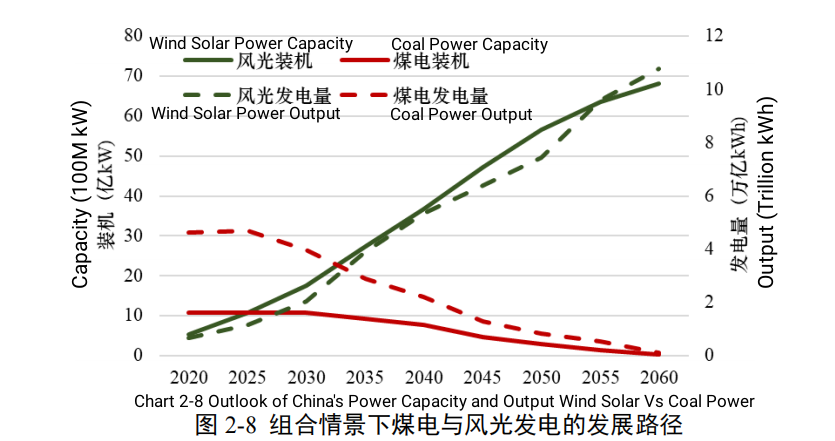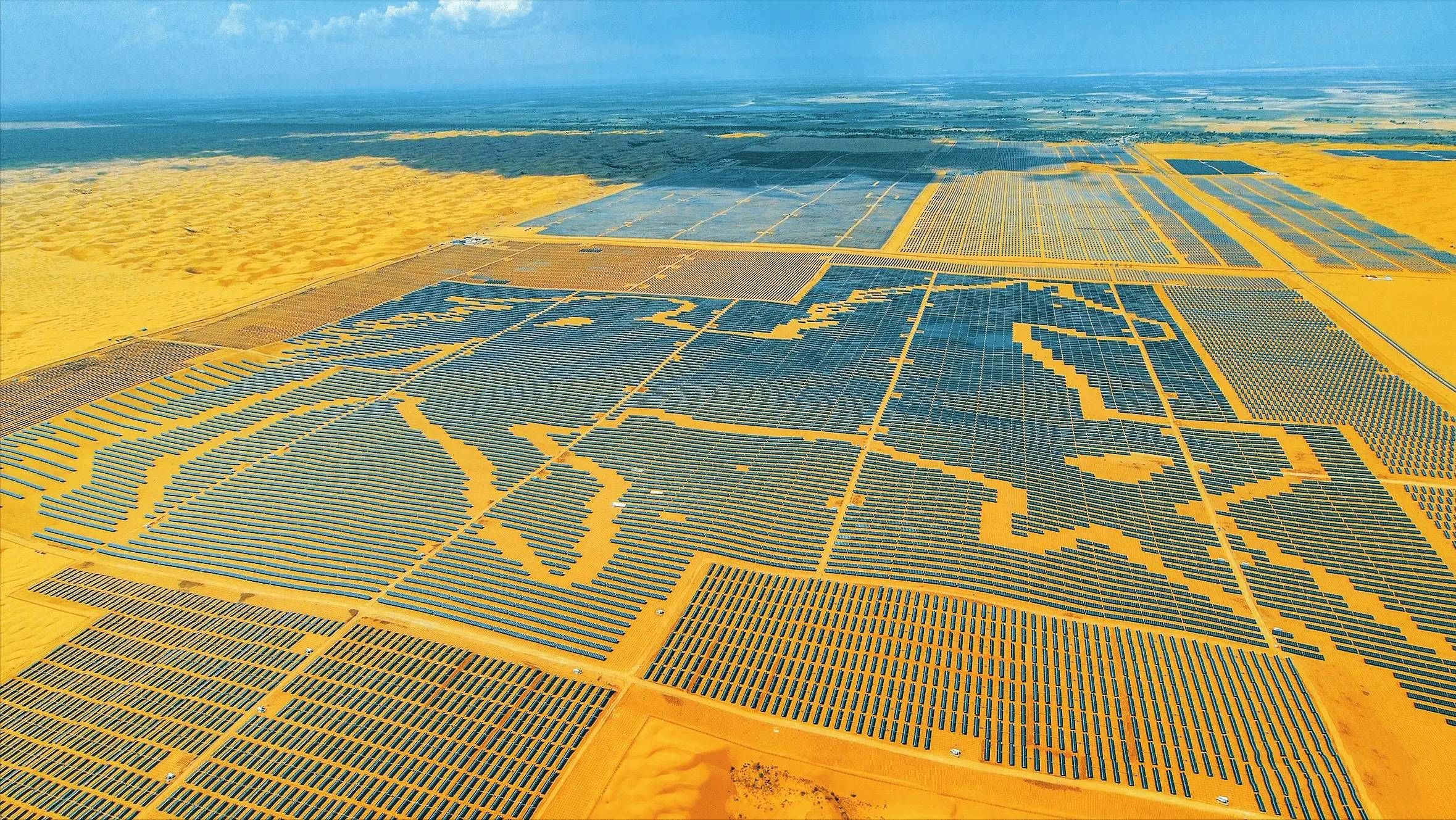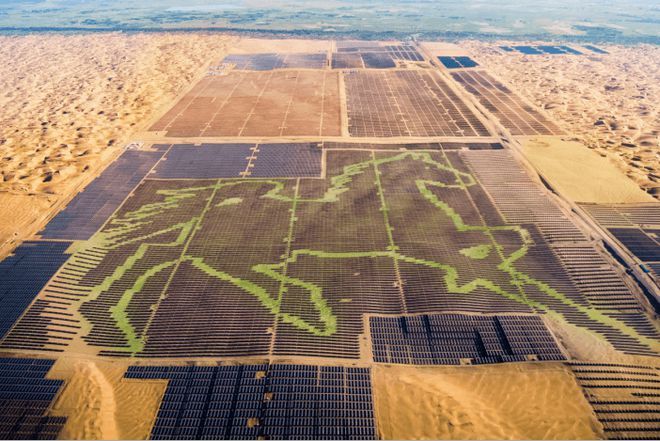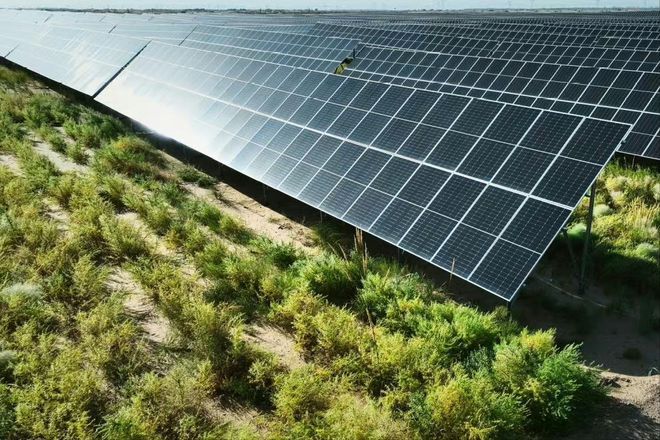Low Carbon Power Supply System Expected To Be Built
| Jerry Huang
On 15 July 2024, China's National Development and Reform Commission (NDRC) and the National Energy Administration (NEA) issued the “Program on Low-Carbon Transformation and Construction of Coal Power Plants(2024-2027)”, which mentions that: By 2025, the low-carbon transformation projects of the first coal power plants will all be started, and a bunch of low-carbon power technologies will be put into application; the carbon emissions of the relevant projects will be reduced by about 20% per kilowatt-hour as compared to that of in 2023, even obviously lower than the carbon emission of those existing advanced coal power plants, thus exploring valuable experience for the clean and low-carbon transformation of coal power plants. By Adapting the low-carbon transformation of the existing coal power units and construction of new low-carbon coal power units in a coordinated manner, we aim to accelerate the construction of a new energy system that is clean, low-carbon, safe and highly efficient.
According to relevant forecasts, by 2030, CO2 emissions from coal power plants will be about 4 billion tons. Therefore, the low-carbon technologies of coal power industry are the key support to achieve China's ‘2030 - 2060 Carbon Peak & Carbon Neutral’ goal. So, how could the coal power industry achieve decarbonization?
01 Coal power decarbonization transformation and construction methods
According to the Program on Low Carbon Transformation and Construction of Coal Power Plants(2024-2027), there are three specific ways to transform coal power into low carbonization:
1, Biomass blending. By utilizing biomass resources such as agricultural and forestry waste, waste plants and renewable energy crops, and taking into consideration of sustainable supply of biomass resources, safety, flexibility, operational efficiency and economic feasibility, coal-fired power generating units should be coupled with biomass power generation. After the transformation and construction, the coal power plants should have the ability to mix more than 10% of biomass fuels, thus reducing coal consumption and carbon emission significantly.
2, Green ammonia blending. By using green ammonia blending with coal power units to generate electricity and replace part of the coal. Coal power units should have the ability to burn more than 10% green ammonia after transformation and construction, with a goal that coal consumption and carbon emission levels can be obviously reduced.
3, Carbon capture, utilization and storage. Adopt chemical methods, adsorption, membrane and other technologies to separate and capture carbon dioxide in the flue gas of coal-fired boilers. Capture, purify and compress carbon dioxide through pressure and temperature adjustment. Promote the application of geological technologies such as efficient oil driving by carbon dioxide. Use chemical technologies such as carbon dioxide plus hydrogen to obtain methanol. Implement geological storage of carbon dioxide according to local conditions.
02 Transition pathways for low-carbon coal power
Clean energy expansion, including hydroelectric power, wind power and solar power, is the key to realizing the low-carbon power supply blueprints. After meeting the incremental power demand, further replacement of the existing coal power is needed for the low-carbon power transition. After 2030, non-fossil energy power will replace the existing coal power and become the major part of power supply; and after 2050, the share of coal-fired power generation will be less than 5% among China’s total power supply.
According to a study from Renmin University of China on the development outlook of China's low-carbon transition of coal power, it can be divided into the following three steps:
1, From now on to 2030 as the preparation period for low carbon transition, coal power capacity will still grow moderately before 2030, at the same time, the new energy becomes the majority of power supply increase, and the share of wind & solar power installed capacity will be more than 40% by 2030.
2, Year 2030-2045 as the rapid transition period, after 2030, share of wind & solar power will rapidly exceed that of the coal power, becoming the main power source of the power system. Coal power plants need to be coupled with biomass technology, CCUS and other clean low-carbon technologies, thus reducing carbon emissions.
3, Year 2045 -2060 as power supply strengthening and improvement period, by 2050 the demand for electricity will be saturated, coal power will be completely transformed into an adjustment power supply, serving the digestion and absorption of the major power of wind-solar energy, and providing emergency and spare power. 
Here is an example of a power base in Kubuqi Desert. The total planned capacity of Kubuqi power base is 16 million kilowatts, including photovoltaic power of 8 million kilowatts, wind power of 4 million kilowatts, and advanced high-efficiency coal power capacity of 4 million kilowatts. The solar power projects that have been built are spectacular, with 2M kW of installed photovoltaic capacity already in operation. If all projects are fully completed, it is estimated that about 40 billion kWh of electricity can be delivered to millions of families per year, with clean energy accounting for more than 50% of the total, which is equivalent of saving about 6 million tons of standard coal and reducing carbon dioxide emissions by about 16 million tons annually. It is planned that more clean energy bases will be on the way.  Solar panels first built
Solar panels first built  Solar panels one year later
Solar panels one year later  Solar power base five years later
Solar power base five years later
As for EV and its charging infrastructure, according to statistics, by the end of May 2024, the total number of EV charging infrastructures had accumulated to 9.92 million units across China, an increase of 56% YOY. Among them, public charging facilities and private sector had increased to 3.05 million units and 6.87 million respectively, with growth rates of 46% and 61% YOY respectively. This signifies that China has built the largest charging infrastructure network in the world, covering the widest service area and range of charging types.